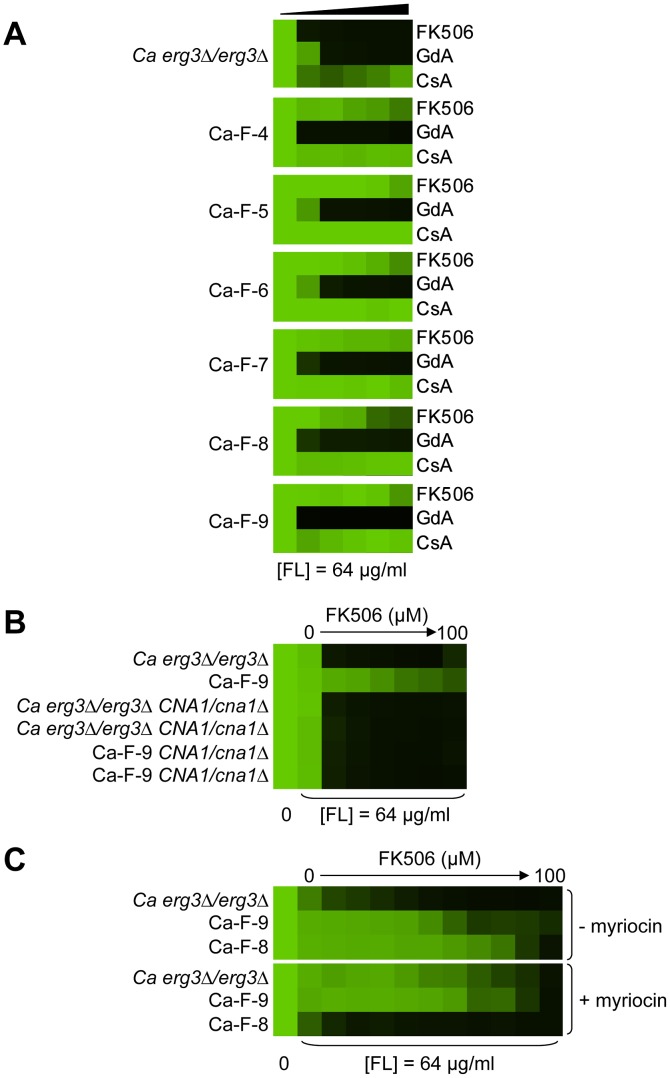Figure 7. Six C. albicans lineages evolved with azole and FK506 share the same cross-resistance profile, and a mutation in CNA1 and LCB1 confers resistance.
(A) Each C. albicans lineage is resistant to high concentrations of FK506 or cyclosporin A in the presence of azole. (B) CNA1 S401* confers resistance to azole and calcineurin inhibitors in Ca-F-9. The C1201A mutation in CNA1, the gene encoding the catalytic subunit of calcineurin, leads to a premature stop codon and removal of the autoinhibitory domain. Deletion of CNA1 S401* in Ca-F-9 abrogates resistance, while deletion of one allele of CNA1 in the parental strain has no impact on sensitivity. (C) The A1169T mutation in orf19.6438 resulting in non-synonymous substitution (L390F) in this ortholog of S. cerevisiae LCB1 likely confers resistance in Ca-F-8. Lcb1 encodes a component of serine palmitoyltransferase that is responsible for the first committed step in sphingolipid biosynthesis, along with Lcb2. Inhibition of Lcb1 and Lcb2 with myriocin (900 nM) abrogates resistance of Ca-F-8. Resistance assays were performed and analyzed is in Figure 2, with incubation for 2 days at 30°C in YPD. GdA = geldanamycin; CsA = cyclosporin A; and FL = fluconazole.

